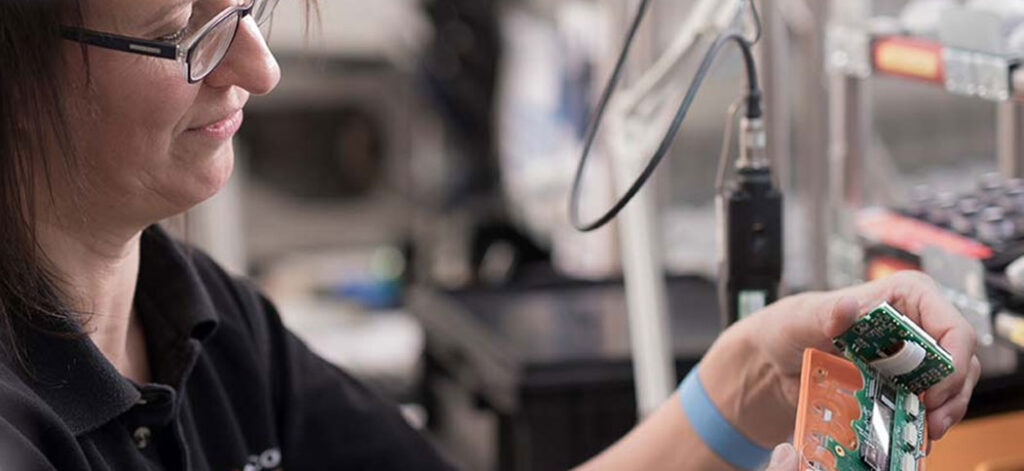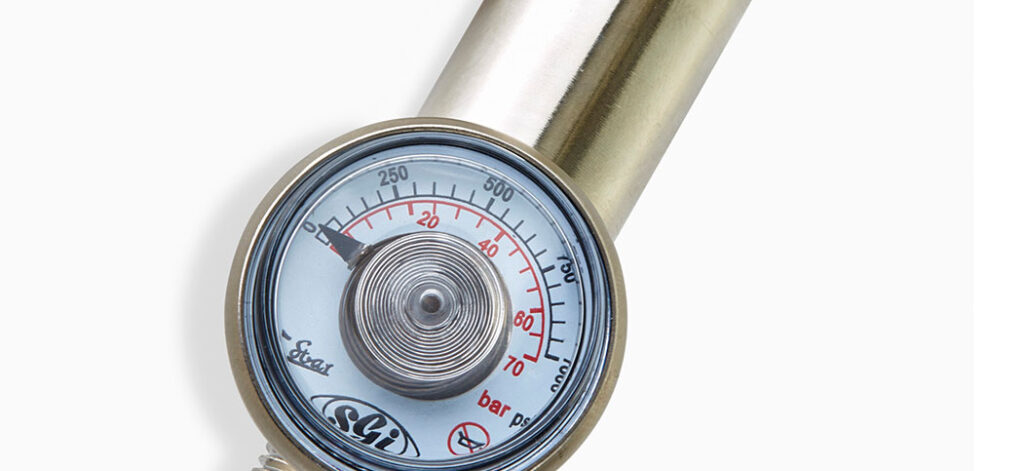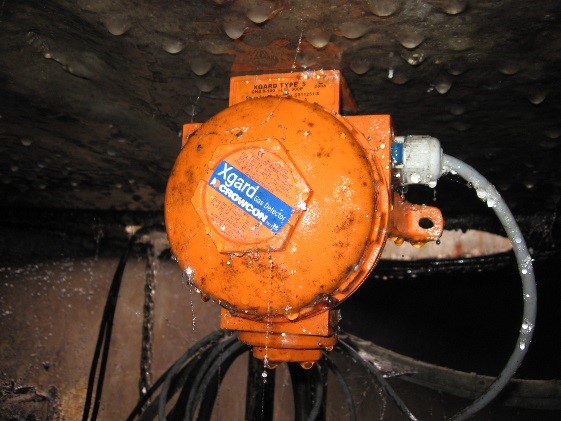Num mundo perfeito, os sensores detectores de gás identificariam, isolariam e mediriam gases específicos e forneceriam leituras precisas para cada gás em qualquer contexto. Infelizmente, a tecnologia permite-nos chegar perto disso, mas não o consegue completamente. É por isso que, quando lidamos com sensores tóxicos electroquímicos, temos o desafio das sensibilidades cruzadas, por vezes conhecidas como "gases interferentes".
Os detectores de gás detectam geralmente um determinado gás e emitem um alarme e/ou uma leitura proporcional ao nível presente. A sensibilidade cruzada ocorre quando um gás diferente do gás que está a ser monitorizado/detectado pode afetar a leitura dada por um sensor eletroquímico. Isto faz com que o elétrodo no interior do sensor reaja mesmo que o gás alvo não esteja realmente presente, ou provoca uma leitura e/ou alarme imprecisos para esse gás. Obviamente, isto coloca em risco a pessoa que utiliza o sensor.
Imprecisões causadas pela sensibilidade cruzada
![]() A sensibilidade cruzada pode causar vários tipos de leituras incorrectas nos detectores electroquímicos de gases. Estas leituras podem ser positivas (indicando a presença de um gás mesmo que este não esteja realmente presente, ou indicando um nível desse gás acima do seu valor real), negativas (uma resposta reduzida ao gás alvo, sugerindo que este está ausente quando na realidade está presente, ou uma leitura que sugere que a concentração do gás alvo é inferior à que existe), ou o gás interferente pode causar inibição.
A sensibilidade cruzada pode causar vários tipos de leituras incorrectas nos detectores electroquímicos de gases. Estas leituras podem ser positivas (indicando a presença de um gás mesmo que este não esteja realmente presente, ou indicando um nível desse gás acima do seu valor real), negativas (uma resposta reduzida ao gás alvo, sugerindo que este está ausente quando na realidade está presente, ou uma leitura que sugere que a concentração do gás alvo é inferior à que existe), ou o gás interferente pode causar inibição.
A inibição ocorre quando o sensor simplesmente não consegue registar o gás alvo quando é exposto ao gás alvo e ao inibidor em conjunto, ou quando o inibidor faz com que o sensor deixe de registar o gás alvo durante algum tempo (que pode ser horas ou mesmo dias) após a exposição ao inibidor.
Seguem-se alguns exemplos de cada tipo de erro:
- Erro de resposta positiva: um sensor de monóxido de carbono (CO) tem uma resposta positiva ao H2 a uma taxa de 60%. Assim, quando o sensor que detecta o CO vê 200ppm de hidrogénio (H2), indica 60% de 200ppm (cerca de 120ppm).
- Erro de resposta negativo: um sensor de SO2 tem uma resposta de -120% ao dióxido de azoto (NO2). Assim, se vir 5ppm de NO2 ao mesmo tempo que 5ppm de dióxido de enxofre (SO2), a leitura é reduzida em 6ppm, o que (dependendo do tipo de sensor em causa) dá uma leitura de 0ppm ou um valor negativo.
- Inibição: Os sensores de SO2 podem ser inibidos pelo amoníaco (NH3) e demoram muitas horas a recuperar e a responder ao SO2
Todos estes erros podem ter efeitos adversos. Claramente, o perigo surge quando o gás tóxico está presente e o sensor não faz uma leitura correta. Mas mesmo quando a sensibilidade cruzada provoca uma leitura excessiva ou um falso positivo, podem ser desperdiçados tempo e recursos com evacuações desnecessárias, ventilação e outros períodos de inatividade não programados.
Alguns fabricantes publicam dados e gráficos de sensibilidade cruzada, que podem dar alguma indicação de como as sensibilidades cruzadas podem influenciar as leituras nesses produtos. No entanto, é importante não confiar demasiado nestes dados: podem existir grandes diferenças entre os sensores electroquímicos, os fabricantes podem alterar as suas concepções e especificações de sensores a curto prazo e a compreensão científica está em constante evolução. Por isso, é uma boa ideia manter o diálogo com a equipa de apoio técnico do fabricante, que estará a par das informações mais recentes e em melhor posição para aconselhar sobre um determinado sensor. Também é sensato garantir que todo o pessoal envolvido na deteção de gás esteja ciente da natureza da sensibilidade cruzada e das interferências e alerta para os seus efeitos prováveis.
INFORMAÇÕES SOBRE O SECTOR
Subscreva para receber as últimas informações
NA SUA CAIXA DE ENTRADA
Ler sobre a Privacidade e Política de Cookies aqui. Se mudar de ideias, pode cancelar a subscrição em qualquer altura






